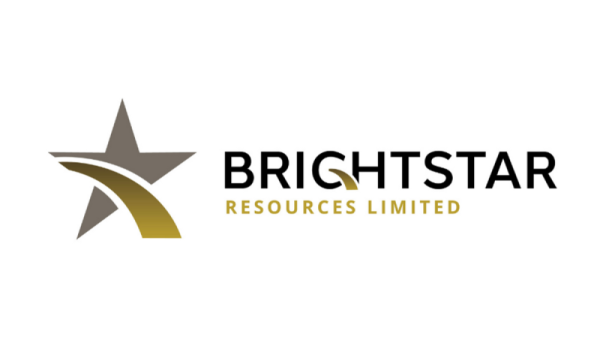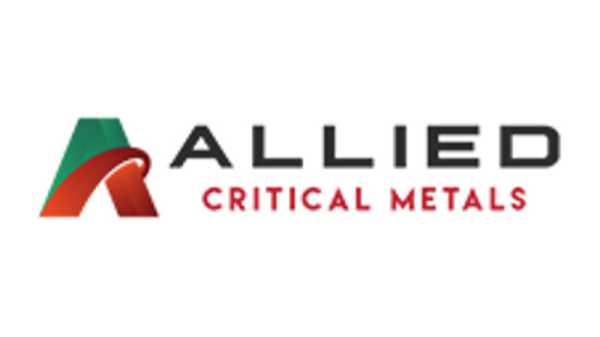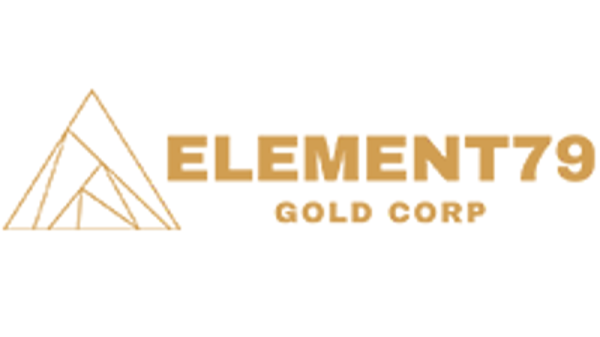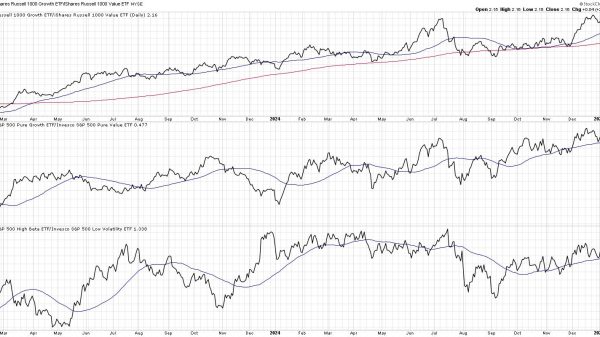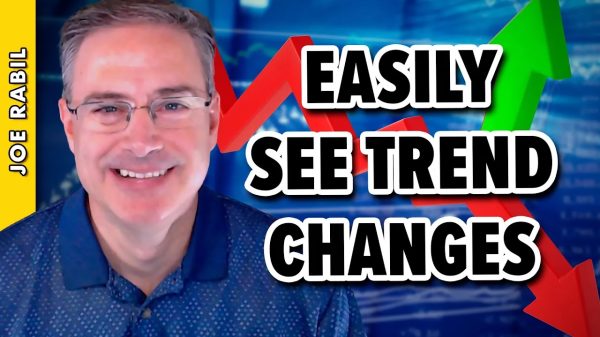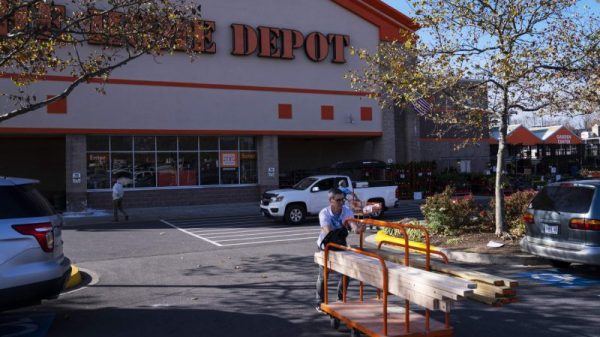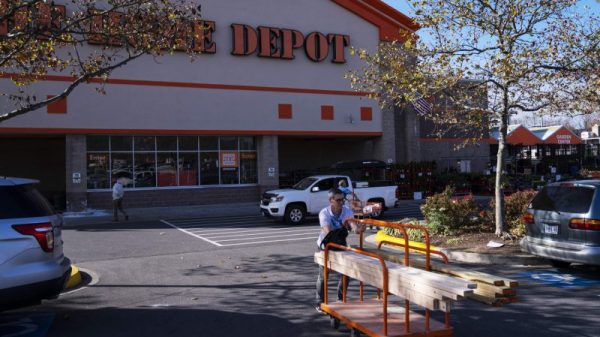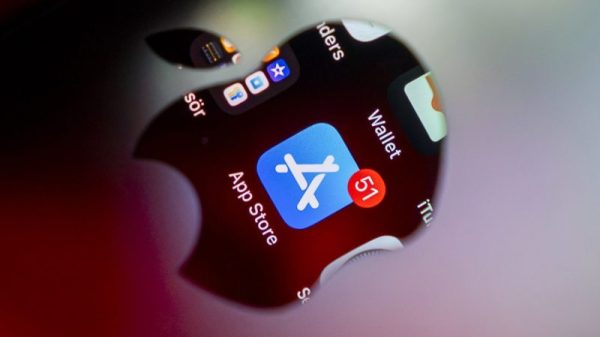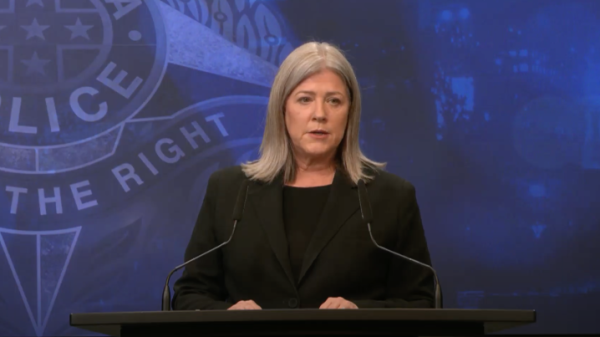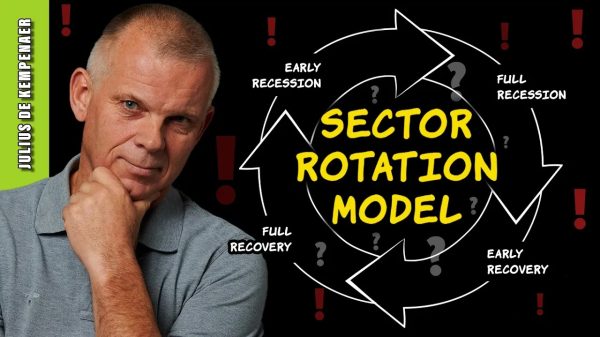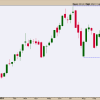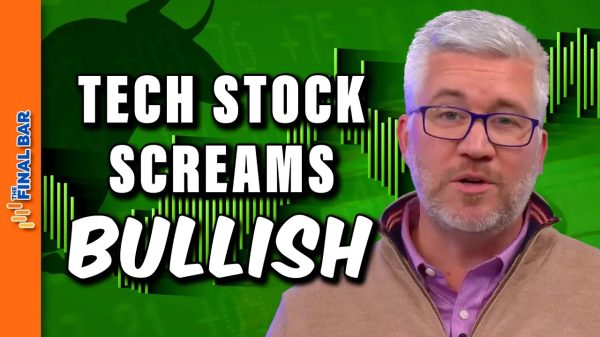In this interview, Ken Everett, CEO of Digital Matter, discusses the company’s strategic use of a channel reseller model to scale operations globally and their innovative approach to developing IoT devices that balance high performance with cost-effectiveness.
He also highlights upcoming technologies, including new form factors and eco-friendly trackers, poised to further transform the IoT landscape.
IoT Business News: Could you provide an overview of Digital Matter’s business development strategies that have contributed to its success in the market? What key factors have driven the company’s growth and established its position in the competitive landscape of IoT solutions?
Ken Everett: Digital Matter is a technology business and our model is to supply a technical component to channel resellers that build the solution for their clients. This channel model has allowed us to scale rapidly into over 120 countries. It also allows us to release new products and innovations into the channel and rapidly enable our existing reseller partners with new technologies.
We are a B2B business, working closely with approximately 1,000 channel partners worldwide. We supply a technical component of the partner’s solution and work closely with them.
As the technical backbone of their solutions, our partners leverage all, or some of, our offerings—hardware, device management software, and asset tracking software—to market, support, and sell, often under their own brands.
Our partners enter markets they are passionate about or familiar with, enabling broader penetration of our solutions across various use cases. They become experts in their verticals, and we support them as technical partners – Our devices are deployed in diverse applications and across all industries – including skip bins, motorbikes, jet engines, rhinos, bears, and beehives.
We also collaborate with businesses to develop custom solutions. If our existing range does not meet a specific use case, we can quickly build a solution using our technology stack (PCB, firmware, housing, manufacturing, testing, certification).
At the core of our offerings are unwavering quality, reliability, and ‘low power thinking.’ We pride ourselves on delivering solutions that outperform and outlast others, allowing our partners to deploy with confidence.
Could you outline Digital Matter’s product strategy, particularly how you prioritize and develop new IoT devices and solutions? What key factors influence the decision-making process in introducing new technologies or entering new market segments?
We embrace technological change and are driven by innovation. We love building things and aim to do it better than others. The connectivity and component landscape is always evolving, so we stay on top of the latest advances, especially concerning power consumption. We continually strive to balance high performance with low-cost hardware while maintaining incredible battery life.
There are hundreds of asset tracking use cases, and as the market matures, new ones emerge daily. These use cases vary greatly in terms of functionality, device size, and power requirements. By engaging with our partners, we identify market gaps and strive to fill them where it makes commercial sense.
Our device management platform plays a crucial role in introducing new technologies and functionalities. We can quickly develop firmware as needed and make updates over the air to already deployed devices, enabling them to utilize the latest feature sets.
Considering the integration of satellite connectivity in your IoT devices, could you discuss the scenarios or industries where satellite-based IoT solutions are most beneficial, and how they compare to terrestrial network solutions in terms of cost and reliability?
I am waiting impatiently for a new player to disrupt the IoT satellite market! Today’s satellite solutions have been around for some time and are expensive – for both the modem hardware and the monthly data costs – and very power-hungry. The cost of launching LEO satellites has reduced rapidly and I expect one of the new players to disrupt this ‘space’ in the next year.
We see two main uses for IoT satellite in our product line:
1. Remote sensing / monitoring – our Hawk device acts as a datalogger / sensor hub and the current version uses cellular. Given the success of the Hawk in remote monitoring and data collection (markets like Agtech) we see a strong requirement for satellite connectivity outside of traditional cellular networks. The ideal solution is one that is priced at or near the price we currently pay for cellular connectivity enabling satellite to be used as the primary communication method. Then we will truly see the mass deployment of remote sensing.
2. Asset tracking – here I see the requirement as a “fallback” communication method. Asset tracking by definition involves assets moving around and typically we find that the assets are around areas where people live and operate – and as a result there is cellular coverage. The use of IoT satellite technology needs to be low cost enough that this would be offered as standard fallback on devices.
There is a strong demand for satellite connectivity, particularly in asset tracking and sensor monitoring in remote and rural locations (a particular challenge in Australia) – mining, agriculture, maritime.
Environmental monitoring and wildlife conservation efforts would also benefit from satellite connectivity in many instances – data collection often occurs in areas without terrestrial network coverage.
Your devices cater to a variety of industries from fleet management to cold chain monitoring. How does Digital Matter tailor its technologies to meet the specific needs of the diverse sectors addressed?
We offer the largest range of battery-powered GPS and IoT devices on the market today, recognising that one size does not fit all. Our hardware supports various connectivity and location technologies, housing sizes, and battery life requirements to meet diverse needs.
Our device management platform is also crucial for optimising device performance. With over 200 adjustable parameters, our partners can fine-tune performance based on their use case. This can be done wirelessly and remotely, and once satisfied with the settings, they can apply them across 100 to 10,000 devices with just a few clicks.
Can you discuss any strategic partnerships that have been crucial to developing your advanced tracking and sensor technologies?
Our most important partnerships are with our network of reselling partners. They drive us to continuously innovate and advance our offerings, ensuring we deliver the best technology in the market.
We also collaborate closely with our suppliers to ensure we are testing and utilising the latest component technologies.
Digital Matter has operations and clients across various global regions. Can you discuss which geographical markets are currently the most significant for Digital Matter, and are there any new regions you are aiming to expand into in the near future?
Europe and the United States continue to drive the most demand for our solutions. These sophisticated markets understand our technology, have an appetite for it, know how it works, and see its benefits. They are the quickest to adopt new technologies as we introduce them.
The introduction of new Cat1bis modems that are well-priced and can operate at low power levels means that we are introducing new devices that will be able to be used across any 4G cellular network. This provides our partners with options for regions where the cellular networks have been slow to roll out Cat-M1 / NB-IoT networks.
Could you share a success story where Digital Matter’s IoT solutions have led to transformative results in logistics and supply chain management?
We’ve got a great use case here that won a 2022 supply chain award – tracking jet engines through the supply chain: in response to financial losses due to asset corrosion during COVID-19 lockdowns, a leading aircraft manufacturer implemented Digital Matter’s Oyster Edge tracking solution. In this particular context, our device has been used to ensure visibility and monitoring of high-value aircraft parts globally, using GNSS, Wi-Fi, and cellular technologies. The device boasts a 10+ year battery life and advanced power-saving features, minimizing operational costs. By integrating IoT tracking, the manufacturer improved asset management, reduced losses, and gained significant competitive advantages in supply chain visibility and sustainability.*
What are the next big developments at Digital Matter? Are there any upcoming technologies or products that you are excited to introduce to the market?
We have a new form factor “Manta” device that is in testing at the moment. The Manta “Fusion” is a product that brings together the best of full GNSS location, indoor location using WiFi, Bluetooth and cellular – in a compact form factor and with multiple year battery life. We’re hoping to have a satellite fallback option soon.
We are also working on an eco-friendly and low-cost “disposable” tracker – designed for the lowest price point for single use applications like tracking a high value parcel or a consignment of fresh goods with temperature monitoring
We have started to see great growth in our new ‘Barra’ range of tracking devices, announced late last year.
The Barra range allows businesses to monitor assets that previously presented ROI hurdles due to the steep expenses linked with existing tracking solutions, including but not limited to pallet tracking, cargo, trolleys, packaging, and more – low to mid-value.
We currently have 3 variations, including the ‘Barra Core’ which is our lowest cost, indoor/outdoor ‘locator’ solution.
The post Exclusive interview of Ken Everett, Digital Matter’s Founder and CEO appeared first on IoT Business News.



